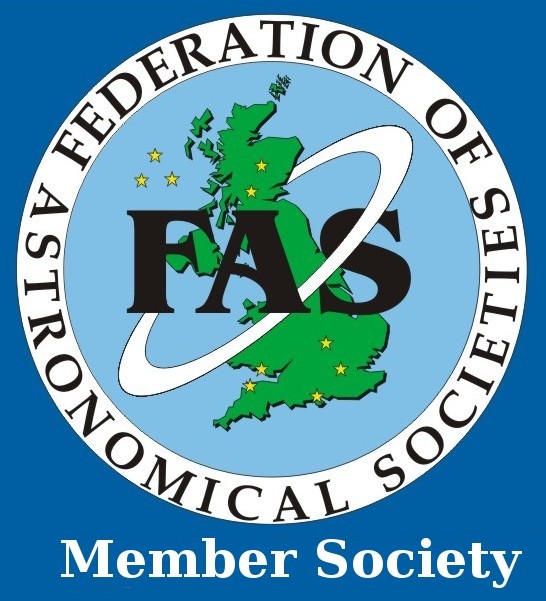Thanet Astronomy Group Nebula Gallery
-
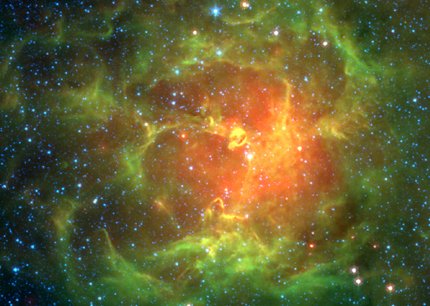
The Trifid Nebula: NASA Image of the Day
NGC 6514: Trifid Nebula, picture taken in infrared. Trifid means divided into three lobes - an emission, reflection and dark nebula. It's in the constellation Sagittarius. This nebula is about 5,000 light years from Earth.
-
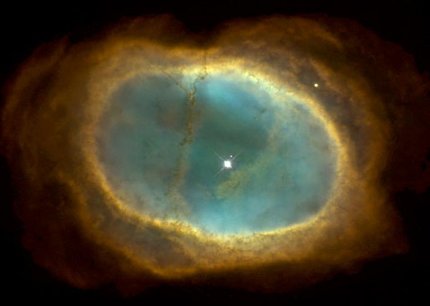
Southern Ring Nebula: NASA Image of the Day
Also known as the Eight Burst Nebula because some telescopes make it look a bit like a 8. It's about a 1/2 year across and 2,000 light years from Earth. The nebular's gasses are expanding at about 9 miles per second.
-
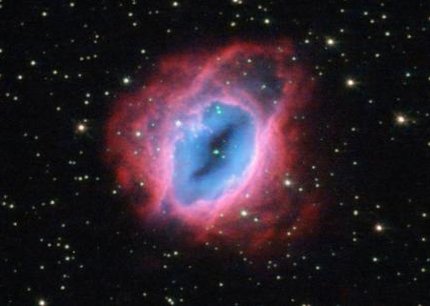
ESO 456-67 Nebula: NASA Image of the Day
ESO 467-67 is a Planetary Nebula, these have nothing to do with planets. The early telescopes made these nebula looked like planets and the name stuck. It is about 10,000 light years from Earth, and can be found in Sagittarius.
-
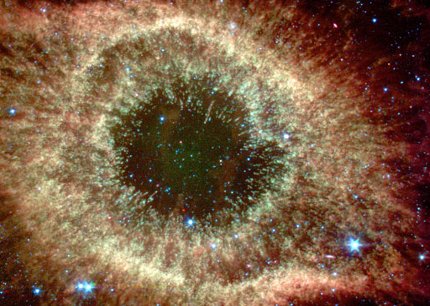
Helix Nebula: NASA Image of the Day
This is a Planetary Nebula, the picture was taken in infrared. It is about 2.5 light years across and about 700 light years from Earth. It can be found in the constellation of Aquarius.
-
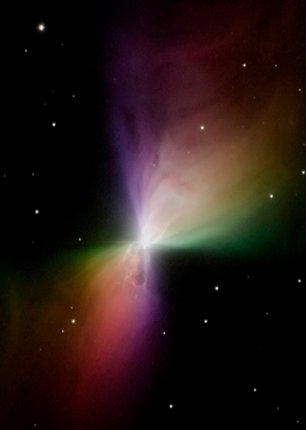
Boomerang Nebula: NASA Image of the Day
A Reflecting Nebula, it has two almost equal cones being ejected from its star. This process is known as bipolar outflow. At about 5,000 light years from Earth it can be found in Centaurs.
-
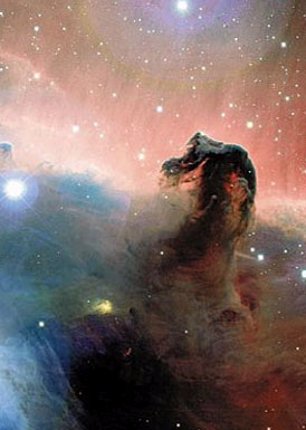
Horsehead Nebula: NASA Image of the Day
This is part of the huge Orion Nebula. It is visible only because it obscures the light from the Orion Nebula. This Nebula is about 1,500 light years from Earth.
-
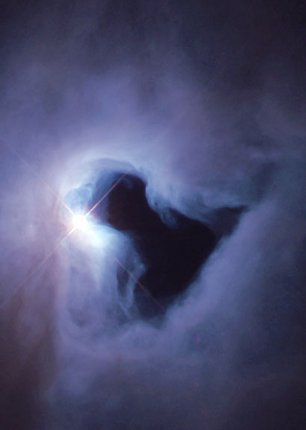
Nebula NGC 1999: NASA Image of the Day
This Reflection Nebula was discovered almost 200 years ago by Sir William Herschel and his sister. It is about 1,500 light years from Earth and can be found close to the Orion Nebula.
-
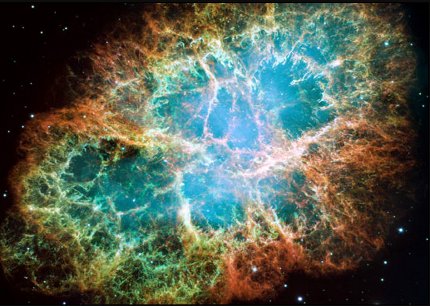
Crab Nebula: NASA Image of the Day
Discovered by the Japanese and Chinese astronomers in 1054 when it's star went supernova. This nebula is still rapidly expanding and is about 13 light years across and 6,300 light years away. It can be found in Taurus.
-
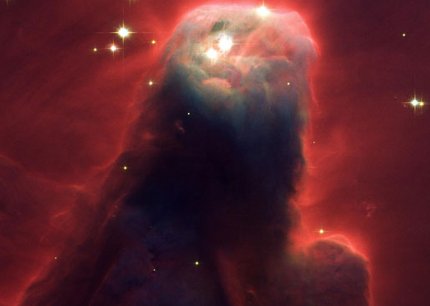
Cone Nebula: NASA Image of the Day
This nebula was discovered by William Herschel in 1785 and is about 7 light years in length and 2,500 light years from Earth. It is in the constellation Monoceros.
-
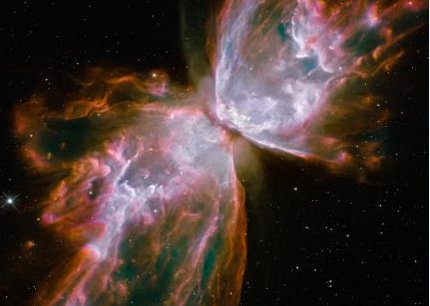
The Butterfly Nebula: NASA Image of the Day
NGC 6320: The Butterfly Nebula is a bipolar planetary nebula and can be found in the constellation Scorpius. This nebula is over 3 light years wide and about 4,000 light years from Earth.
-
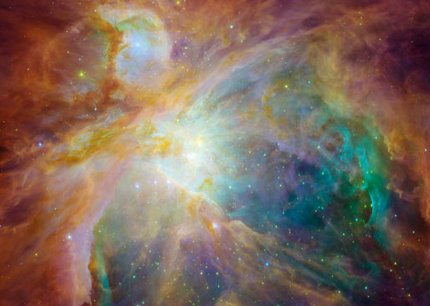
Orion Nebula: NASA Image of the Day
This is the heart of the Orion Nebula. The yellow smudge in the centre is the defused light from 4 super massive stars called the Trapezium that light the nebula. It is 1,500 light years away and can be seen in Orion.
The Thanet Astronomy Group Nebula Gallery.
This gallery is: Credit NASA Image of the Day.
All Nebula Pictures from NASA Image of the day. To view the Gallery move the mouse over the small pictures on the right.

